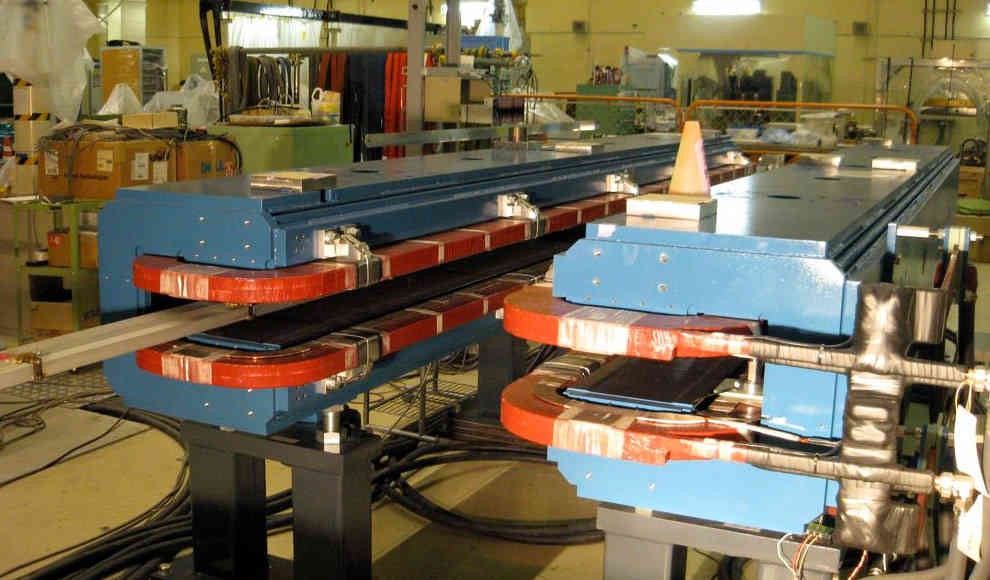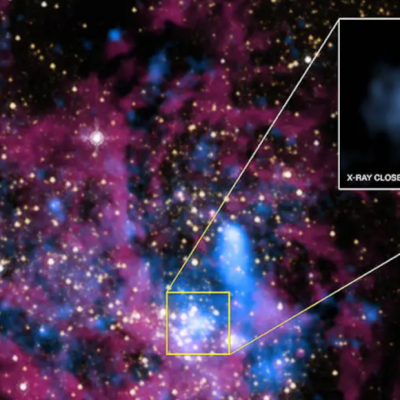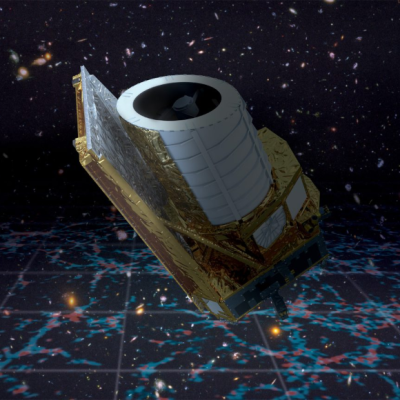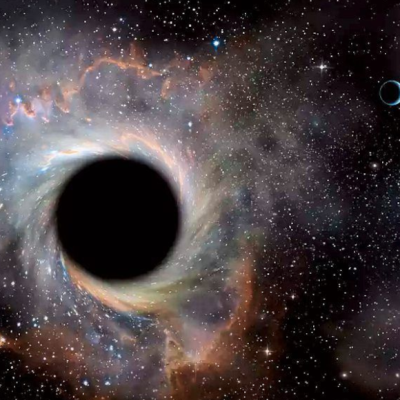The Japanese particle accelerator, SuperKEKB, has begun operations and is set to investigate the differences between matter and antimatter, as well as search for dark matter through a series of experiments. Scientists at the SuperKEKB in Tsukuba will use the Pixel-Vertex-Detector Belle II to collide electrons and positrons, creating B-mesons, pairs of quarks and anti-quarks. Previous experiments have shown that the decay of B-mesons and anti-B-mesons is not always the same, a phenomenon known as CP violation. This could help answer the question of why there is more matter than antimatter in the universe today, despite there being equal amounts after the Big Bang.
SuperKEKB differs from the Large Hadron Collider (LHC) at CERN in Switzerland in its lower energy but higher luminosity, allowing for highly precise measurements. Belle II is also an improvement on its predecessor, Belle, and can collect around 50 times more data. The experiment is expected to run until 2027 and could provide new insights into the relationship between matter and antimatter, as well as dark energy and dark matter.
According to the scientists, only about 5% of the energy content in the universe can be described with current knowledge, with dark energy and dark matter remaining unexplained. The Belle II experiment offers the potential for results beyond the current standard model. The previous detector at SuperKEKB allowed Japanese physicists Kobayashi and Maskawa to demonstrate the differences between matter and antimatter, earning them the Nobel Prize in Physics in 2008. The new experiment could provide even more groundbreaking discoveries.










